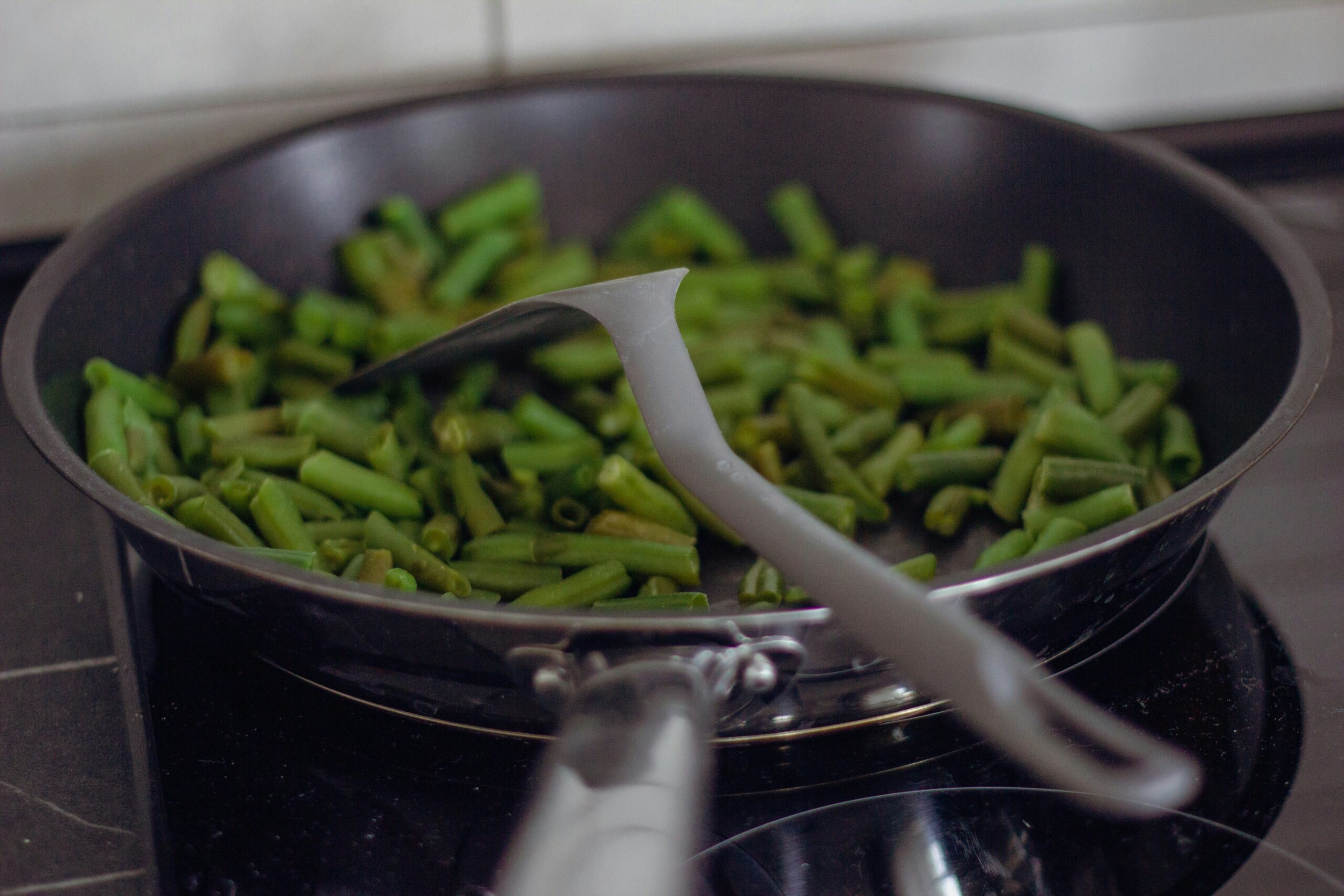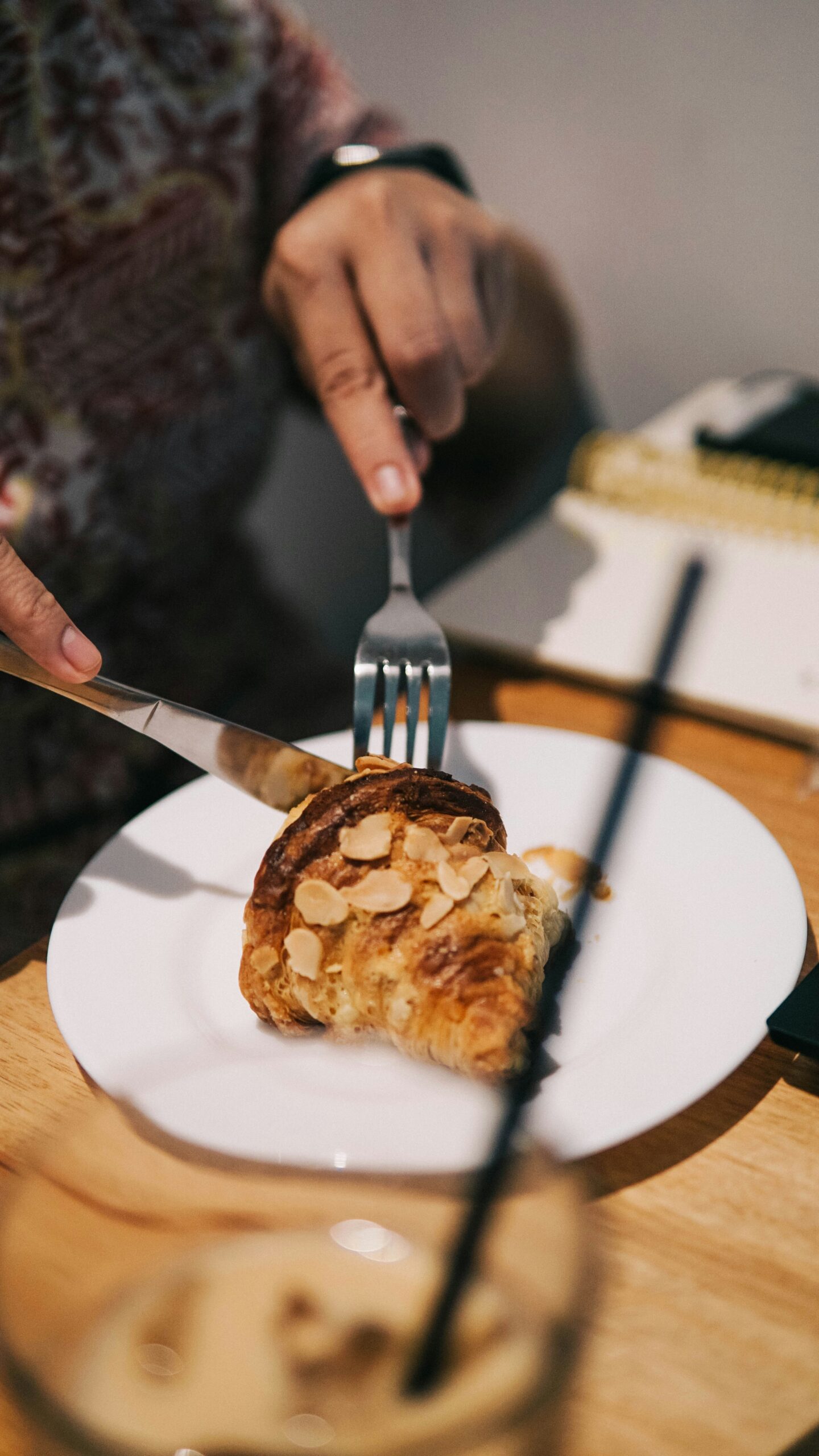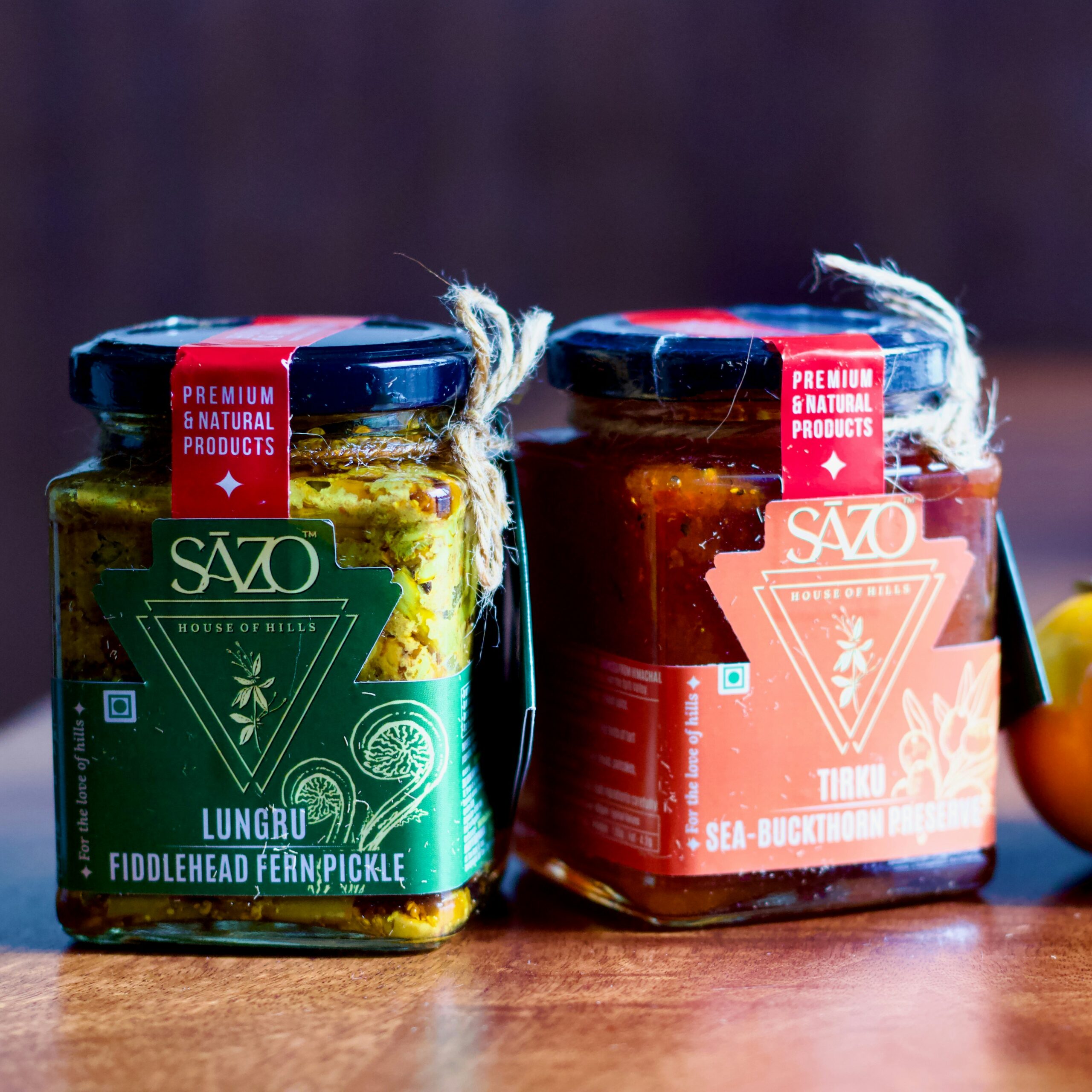Savor the Flavors of Tradition with Heirloom Recipes from Around the World
Food, as they say, is the universal language. But if that’s the case, then heirloom recipes are the dialects that tell the stories of our ancestors—stories flavored with nostalgia, culture, and tradition. These cherished recipes often come from generations past, passed down like precious artifacts, each one steeped in history and memories. Whether it’s a grandmother’s secret spice blend or a father’s infamous stew, heirloom recipes hold the power to transport us back to our roots.
Curiosity piqued? Well, you’re in for a treat. In this article, we’ll explore some of the most beloved heirloom recipes from various corners of the globe, delving into their historical significance, cultural context, and, of course, the mouthwatering flavors that make them timeless.
The Heart of Italian Cuisine: Nonna’s Lasagna
Let’s kick things off in Italy, where the culinary heritage is as rich as the country’s art and architecture. You can’t mention Italian cooking without thinking about lasagna. Ah, lasagna! Layers of pasta, rich meat sauce, and creamy béchamel come together in this symphonic dish, often lovingly prepared by a family matriarch known as Nonna.
There’s something deeply comforting about the way Nonna would arrange the layers, like building a delicious fortress. I remember my own grandmother, who had a magical ability to make the kitchen smell like heaven with just a pot of simmering ragu. “The secret,” she would say, “is in the slow cooking.” It struck me that this wasn’t just about the food; it was about the time, the love, and the stories that enveloped the recipe.
Spices of India: Grandma’s Biryani
Traveling east, we find ourselves in India, where the culinary landscape is as diverse as its cultures. The biryani—a fragrant rice dish layered with marinated meat and aromatic spices—is a celebration of flavor and heritage. Many families have their own version, but they all share a common thread: patience and precision are key.
In my travels, I have had the pleasure of tasting biryani made by local grandmothers, who would often reveal their cooking secrets as if they were sharing family heirlooms. “A pinch of saffron here, a touch of cardamom there,” they’d whisper, as if it were a sacred ritual. One expert once mentioned, “Biryani is not just food; it’s an experience—a narrative that unfolds at every layer.”
Jollof Rice: A West African Staple
Next, we hop over to West Africa, where Jollof rice reigns supreme at every celebration. This vibrant dish, cooked in a tomato base with spices and served with proteins or vegetables, has sparked friendly rivalries among nations, particularly between Nigeria and Ghana. Who does it better? It’s a debate that would make for some spicy dinner conversations!
I recall a friend from Nigeria who would often boast about her mother’s Jollof. “It’s not just the ingredients; it’s the love that goes into it,” she’d say. And you know what? It’s true. The skill of cooking Jollof is often passed down through generations, with each family adding their own unique twist. Some say it’s the use of smoked meats that gives it depth; others swear by the freshness of the tomatoes. Whatever the case, it’s a dish that embodies community and celebration.
French Pastry: The Art of Croissant Making
Ah, France! The land of romance, art, and, of course, pastries. Croissants may seem simple at first glance, but creating the perfect one is a labor of love and skill. The flaky, buttery layers are the result of a meticulous process known as laminating dough, which can take hours (and a few pounds of butter).
My first attempt at making croissants was a comedy of errors. Flour everywhere, dough that refused to rise, and my kitchen turning into a floury battlefield—it was a sight to behold! Yet, there’s an undeniable charm in the struggle. One pastry chef once told me, “Every croissant has a personality; it’s about how you handle it.” And he was right. Each batch tells a story, echoing the tradition of French baking that has persisted through centuries.
Soul Food: Southern Grits
In the southern United States, grits are more than just a breakfast option; they’re a cultural touchstone. Made from ground corn, grits can be served savory or sweet, with butter and cheese or with a drizzle of honey. The best grits come with a side of history, often linked to African American culinary practices and the legacy of the South.
I’ll never forget my first taste of shrimp and grits at a local diner in Charleston. The creamy texture of the grits, combined with succulent shrimp, was nothing short of euphoric. A local chef shared with me, “Grits are a canvas; they take on the flavors you give them.” This versatility has made grits a beloved staple that brings people together, whether at a family gathering or a Sunday brunch.
Japanese Tradition: Okonomiyaki
Now, let’s take a culinary trip to Japan, where okonomiyaki—a savory pancake—is a popular street food. The beauty of okonomiyaki lies in its customizable nature. The name itself translates to “grilled as you like it,” and families often gather to create their own versions, mixing in ingredients from cabbage to seafood.
I once joined a family in Osaka for an okonomiyaki night, and it was an unforgettable experience. Everyone had their own grill, and laughter filled the air as we flipped our creations. “It’s about the joy of sharing,” the host said, flipping his pancake with finesse. It was a reminder that food is often best enjoyed in good company, and okonomiyaki embodies that spirit perfectly.
The Sweetness of Tradition: Baklava from the Middle East
Moving on to the Middle East, we encounter baklava—a sweet pastry made of layers of phyllo dough, nuts, and honey syrup. It’s a dessert that requires patience and precision, often made during festive occasions. Each bite is a delightful explosion of sweetness and texture.
During one of my travels, I had the pleasure of watching a baker prepare baklava in a bustling market. The rhythmic way he layered the dough and sprinkled the nuts was mesmerizing. “It’s an art,” he explained, “each layer tells a story of tradition.” And indeed, baklava carries the weight of history, often associated with celebrations, weddings, and family gatherings.
The Richness of Traditions: A Global Perspective
As we explore these heirloom recipes, it becomes clear that they are more than just food; they are vessels of cultural identity. They reflect the history of families, communities, and regions, often adapted over time yet rooted in the past. It’s fascinating to think how each recipe carries the fingerprints of those who came before us.
In many cultures, cooking together is a rite of passage. Children learn the family recipes, often with the help of a grandparent or parent, creating bonds that last a lifetime. This practice ensures that the flavors of tradition do not fade away but instead flourish through generations. It’s a beautiful cycle of love and heritage.
Preserving Heirloom Recipes for Future Generations
As we grapple with modernity, the importance of preserving these heirloom recipes cannot be overstated. The rise of fast food and convenience meals poses a threat to the culinary traditions that have stood the test of time. However, a growing movement to revive and cherish these recipes has emerged, with food bloggers, chefs, and home cooks championing the cause.
Organizations and communities are taking steps to document these traditional recipes. Cookbooks filled with family stories, local food festivals, and cooking classes are just a few ways to ensure that the flavors of the past continue to be savored. I’ve seen firsthand how passionate individuals are about sharing their culinary heritage, often resulting in beautiful collaborations that celebrate diversity in food.
The Future of Heirloom Recipes
Looking ahead, can we envision a world where heirloom recipes thrive alongside modern culinary innovations? I believe so. The fusion of traditional and contemporary cooking styles can lead to exciting new flavors while honoring the past. Imagine a croissant filled with Jollof rice or a lasagna layered with okonomiyaki—now that’s a fusion I’d love to see!
Food is an ever-evolving narrative, shaped by the influences of culture, technology, and creativity. What’s essential is that we continue to celebrate our culinary heritage while being open to new interpretations. After all, the beauty of food lies in its ability to adapt and unite people from all walks of life.
Conclusion: A Flavorful Journey
As we conclude this flavorful journey through heirloom recipes from around the world, let’s take a moment to appreciate the stories embedded in each dish. They are reminders of our shared humanity, of families gathering around tables, of laughter and love infused into every bite. So, the next time you sit down to a family meal, take a moment to reflect on the recipes that have been passed down to you. They are more than just food; they are connections to our history and to each other.
In the end, savoring the flavors of tradition is about experiencing the essence of who we are—one delicious bite at a time. So roll up your sleeves, don your apron, and embark on your own culinary adventure. Who knows? You might just create the next heirloom recipe for future generations to cherish.




